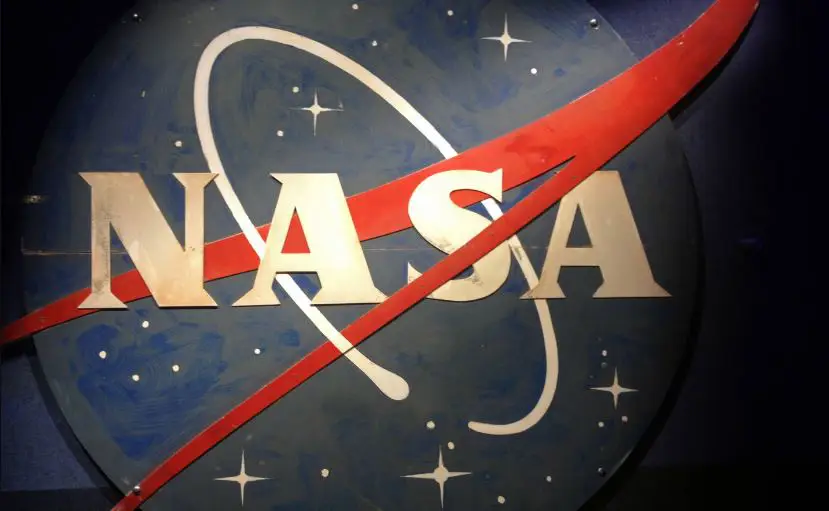Table of Contents
What is Space Diplomacy ? | UPSC – IAS | NASA
Space Diplomacy is the art and practice of using space to conduct International Relations and furthering National Interest. Space has emerged as new arena for competition and cooperation for global powers to compete and establish supremacy. Space technology being highly complex gives any nation international recognition, status and projects its soft-power.
As part of its space diplomacy, India will set up five ground stations and more than 500 terminals in five neighboring countries –
- Bhutan,
- Nepal,
- Maldives,
- Bangladesh and
- Sri Lanka.
The infrastructure is being created as an extension of the South Asia Satellite launched in 2017. It will help put in place applications ranging from television broadcasting to telephony and internet, disaster management and telemedicine. This move also helps India in putting our strategic assets in the neighborhood.
Indian initiatives in Space Diplomacy | UPSC – IAS | NASA
- India has also allowed SAARC countries to use its regional positioning system NAVIC.
- India has also collaborated with other countries, example- NISAR.
- India collaborated with NASA during its Chandrayan Mission which found water on the moon.
- Data from Indian satellites is frequently shared with friendly countries for astronomical research which furthers goodwill and enhances relations.
- The ISRO Telemetry, Tracking and Command Network (ISTRAC) operates three international stations in Brunei, Indonesia and Mauritius.
- The ISRO also established the India-Myanmar Friendship Centre for Remote Sensing in 2001
- South Asia Satellite or GSAT-9 is a Geostationary Communication satellite launched by ISRO to provide various communication applications over South Asian countries. Some other applications include: Tele-medicine, Disaster Management, Banking, e-governance etc.
Concerns associated with space diplomacy|UPSC – IAS | NASA
- Lack of legal agreements: Space is one of the areas where few or no International treaties exist for its peaceful use. United Nations Office for Outer Space Affairs works to promote peaceful use of outer space but there are no binding agreements like NPT or CTBT to prevent weaponization of space.
- Perpetuates Global inequality between Nations: Because only a few nations have space technology, it makes other underdeveloped and developing nations dependent on developed nations to make use of space.
- Misuse of resources: There is also a concern that developing countries might overspend on space programs rather than addressing basic needs of its citizens. For example – North Korean has a space program too while its citizen suffers from famine and starvation.
- Lack of uniform definition of Space boundary: There is no international agreement on the vertical extent of sovereign airspace.
- Space-weaponization: Weaponization of space may become a new tool in the hands of nations in the future as a part of their space diplomacy. The space-weapons could be hundred times more lethal than current weapons and have a potential to wipe-out humanity.
Space as a tool in Indian foreign policy |UPSC – IAS | NASA
- Furthering Neighborhood First Policy: The South Asian satellite is in line with India’s neighborhood first policy.
- Enhancing Soft-Power of India: it will also enhance and project India’s soft-power and goodwill among foreign countries as we share the fruits of advancements in space technology with neighbors. India’s ISRO provides a cheaper alternative to developing nations to launch satellites compared to the American or European counterparts, thus bringing them closer to India.
- Countering China: China has advanced satellite tacking center in Tibet which can not only track Indian satellites but also blind them. Ground Stations in the neighborhood will help India counter growing Chinese influence.
- New Area of Cooperation: Space opens up new area of cooperation between India and other states which would further enhance bilateral relations with those countries.
Related International Bodies ( Space Diplomacy ) | UPSC – IAS | NASA
The United Nations Committee on the Peaceful Uses of Outer Space (COPUOS)
United Nations Committee on the Peaceful Uses of Outer Space (COPUOS) is the forum for the development of international space law. The Committee has concluded five international treaties:-
- • The “Outer Space Treaty” which regulates activities of States in the Exploration and Use of Outer Space.
- • The “Rescue Agreement”: on the Rescue of Astronauts, the Return of Astronauts and the Return of Objects Launched into Outer Space.
- • The “Liability Convention“: Convention on International Liability for Damage Caused by Space Objects.
- • The “Registration Convention”: Convention on Registration of Objects Launched into Outer Space.
- • The “Moon Agreement”: which governs the Activities of States on the Moon and Other Celestial Bodies. United
Nations Office for Outer Space Affairs (UNOOSA)
- It serves as the secretariat for Committee on the Peaceful Uses of Outer Space (COPUOS).
- It is also responsible for implementing the Secretary-General’s responsibilities under international space law and maintaining the United Nations Register of Objects Launched into Outer Space.
Asia-Pacific Space Cooperation Organization (APSCO)
- It is an intergovernmental organization operated as a non-profit independent body with full international legal status.
- It is headquartered in Beijing, China.
- Members include space agencies from: Bangladesh, China, Iran, Mongolia, Pakistan, Peru and Thailand, and Turkey.
- Indonesia is a signatory state and Mexico as observer state
- It includes sharing data, establishing a space communication network, and tracking space objects.
- India should consider forming an organization like this.




